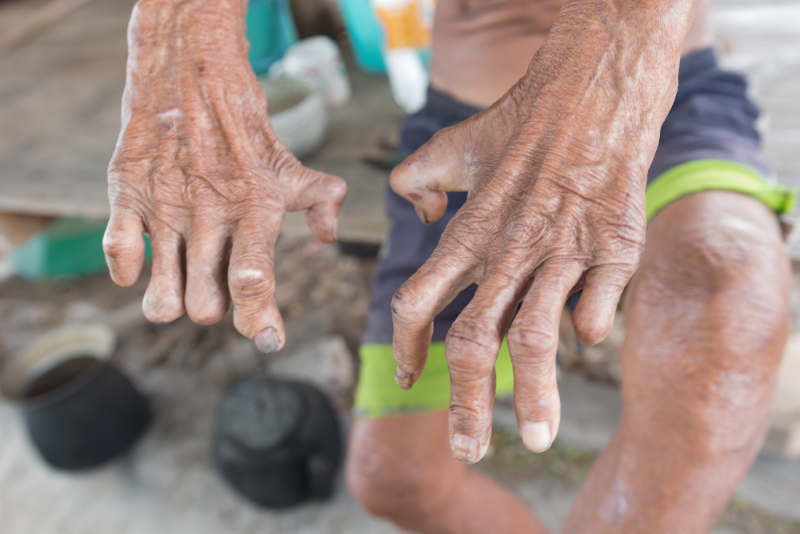Ryna, a 33-year-old female with no underlying medical conditions, presented to the New York Municipal Hospital dermatological unit in October 2022. She had lived in the United States for the past 15 years and had only taken a short trip to Mexico in 2009 on a vacation visit. She had presented to the clinic with hyperpigmentation and numerous lesions on her back and the trunk region. Ryna informed the dermatologist that she first noticed the strange formation on her back about two years before the presentation. Remembering vividly, she described macular lesions with no infiltration but with poorly demarcated edges.
She had self-medicated on a topical antimicrobial agent containing hydrocortisone, clindamycin, and clotrimazole. Two weeks after consistent use of the topical agent, the formation had resolved significantly. However, the pigmentation only faded slightly. A few months later, she explained how the pigmentation had slowly resolved, leaving a dry patch on the skin. Strangely, she noticed the dry patch was poorly sensitive to touch, heat, or needle pricks. She also noticed a significantly reduced sweating response to increased room temperature during this time.
Clinical examination
On examination, Ryna's lesions presented as multiple, asymmetrically distributed, and hypopigmented plaques with poorly defined borders. She reported little to no sensory response to sensation on her trunk, back, and left cheek. There were infiltrated plaques on her earlobes and a few on the back. On neurological examination, the sensation of pain on the tips of her fingers and toes was minimal. Peripheral nerve examinations were unremarkable, as there were no signs of nerve enlargement.
Diagnosis and therapy plan
A provisional diagnosis of leprosy was made pending the result of laboratory investigations. The dermatology teams obtained slits of skin smears of plaques from her trunk and earlobes. The acid-fast staining of these samples confirmed the presence of acid-fast bacilli in all samples. With the presenting evidence – generalized distribution of plaque on the back, trunk, cheeks, and earlobes, the presence of bacilli in skin smears, and decreased sensory function on skin patches – the dermatological team made a confirmed diagnosis of lepromatous leprosy.
Following the WHO therapy regimen, Ryna was placed on the following:
- Tab Rifampicin 600mg plus Clofazimine 300mg once per month and
- Tab Dapsone 100mg plus Clofazimine 50mg daily for two years.
About seven months after presentation, Ryna's lesion had significantly reduced, and sensory functions had improved. A follow-up visit plan was drafted annually for the next five years.




